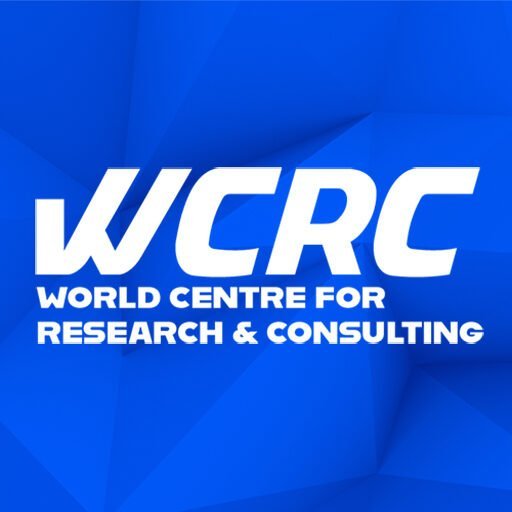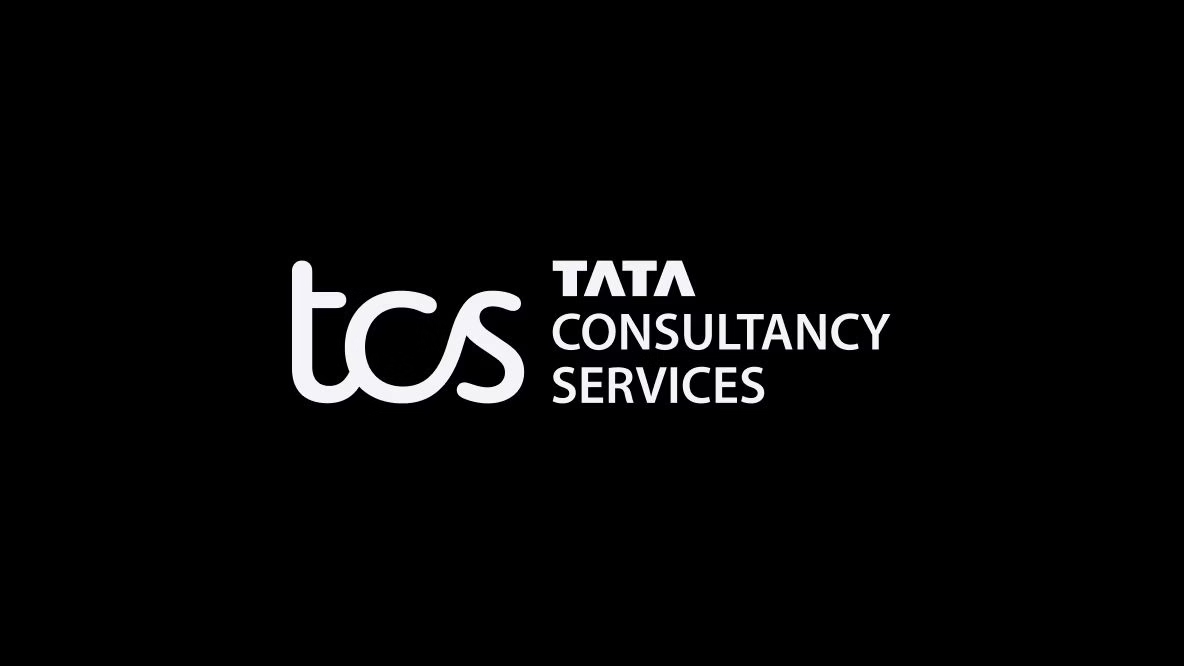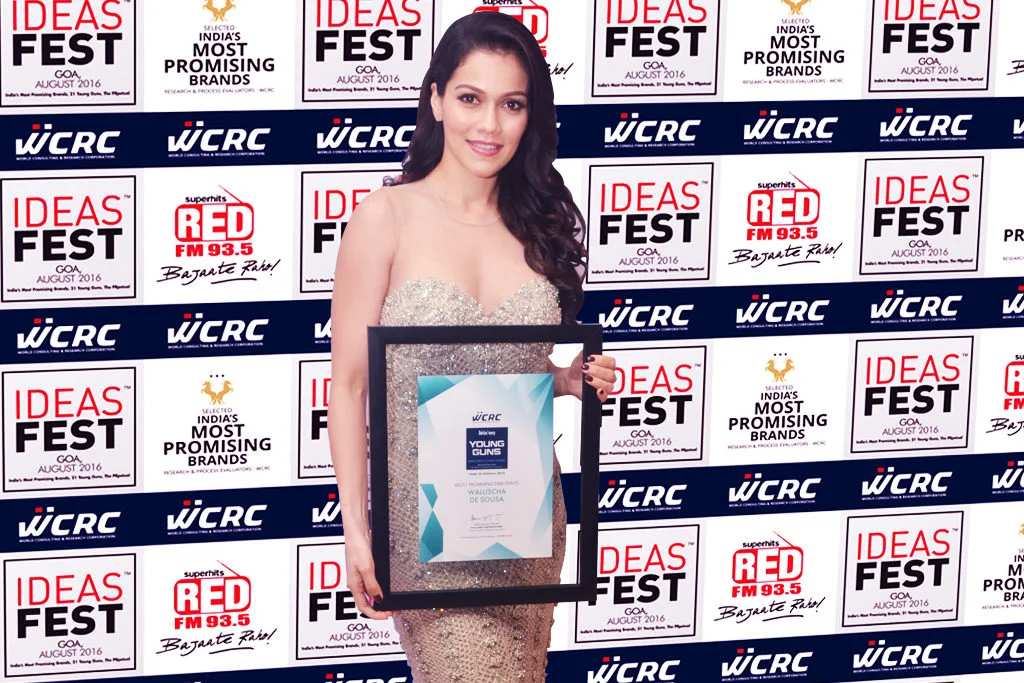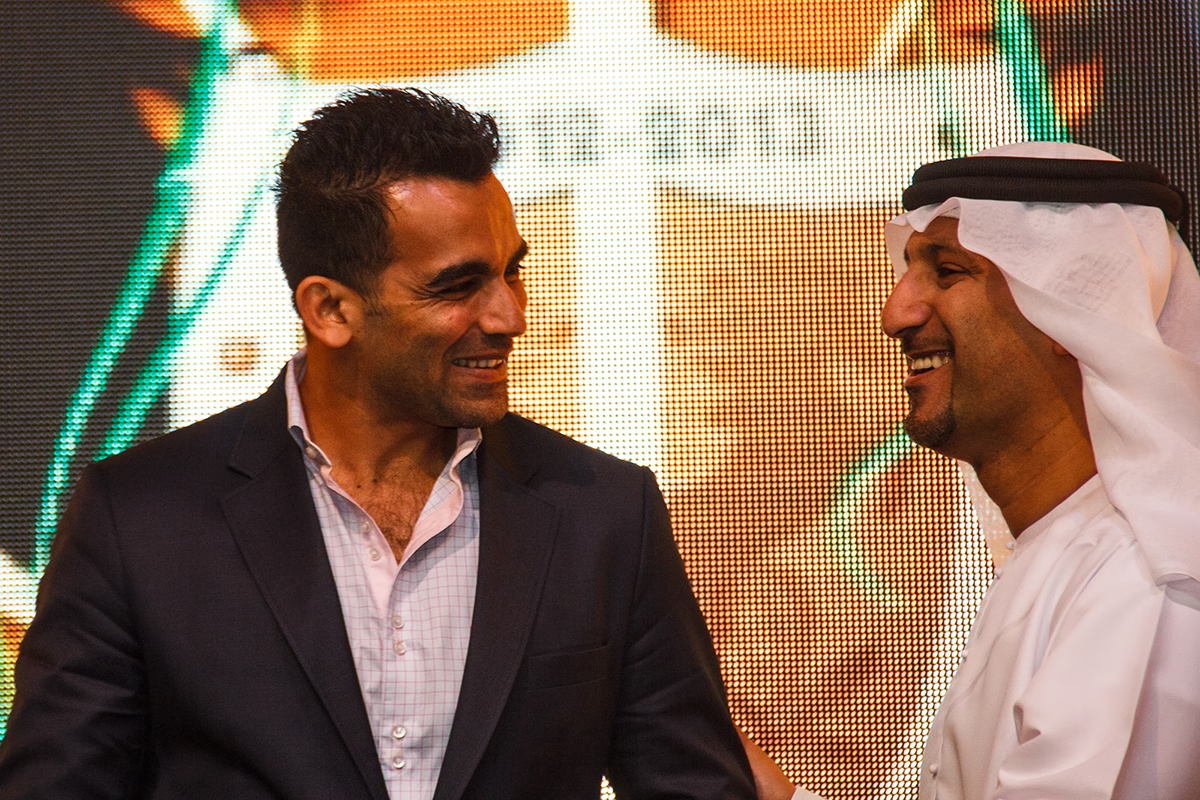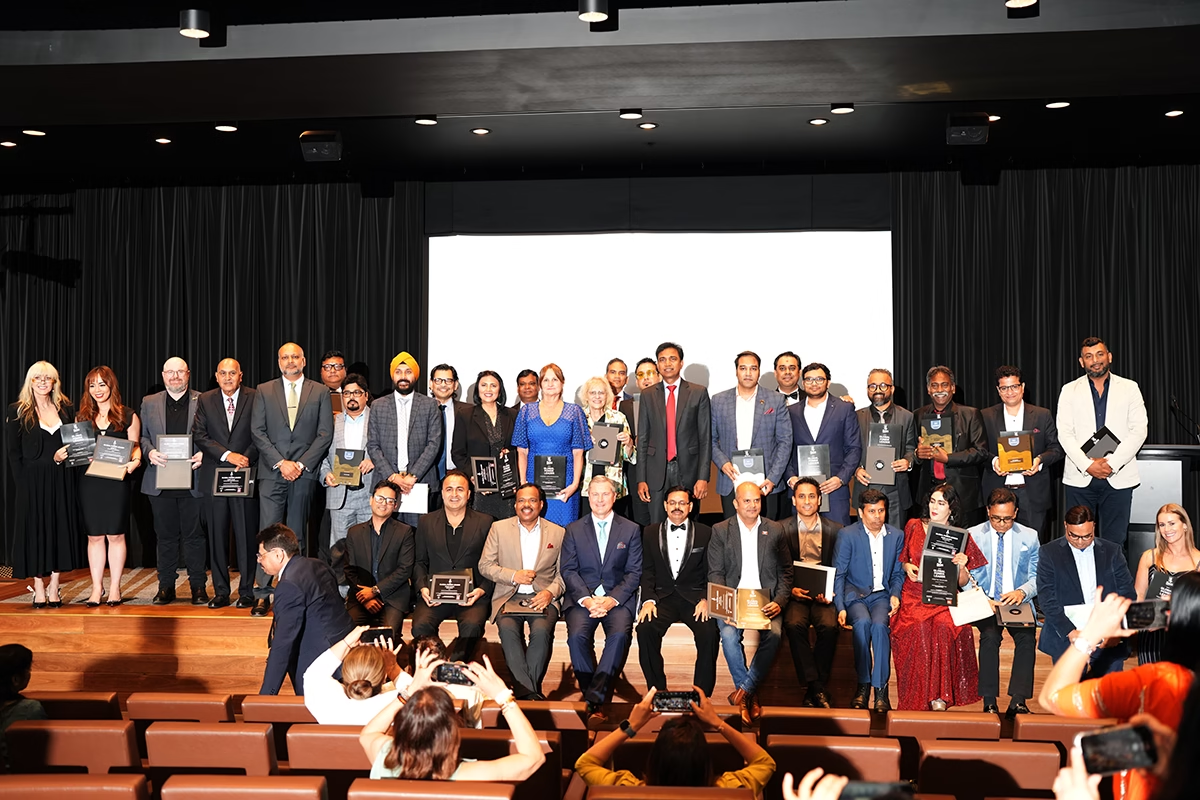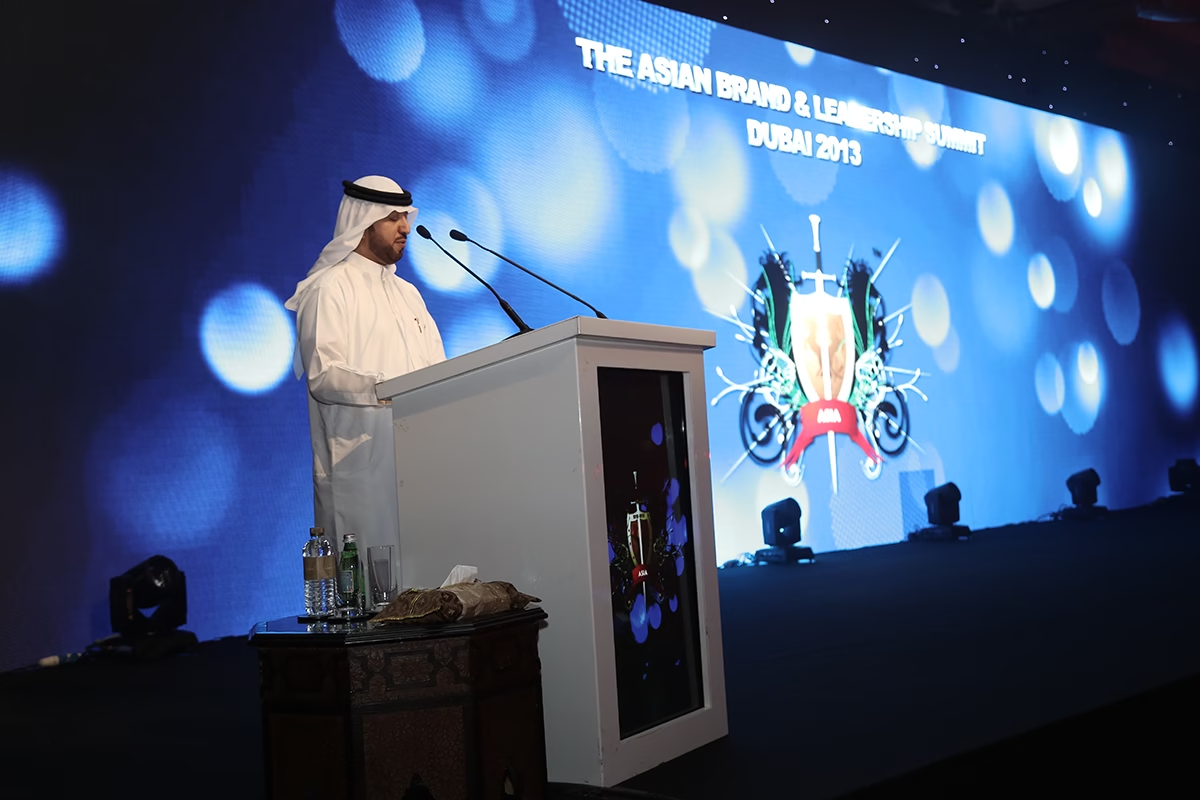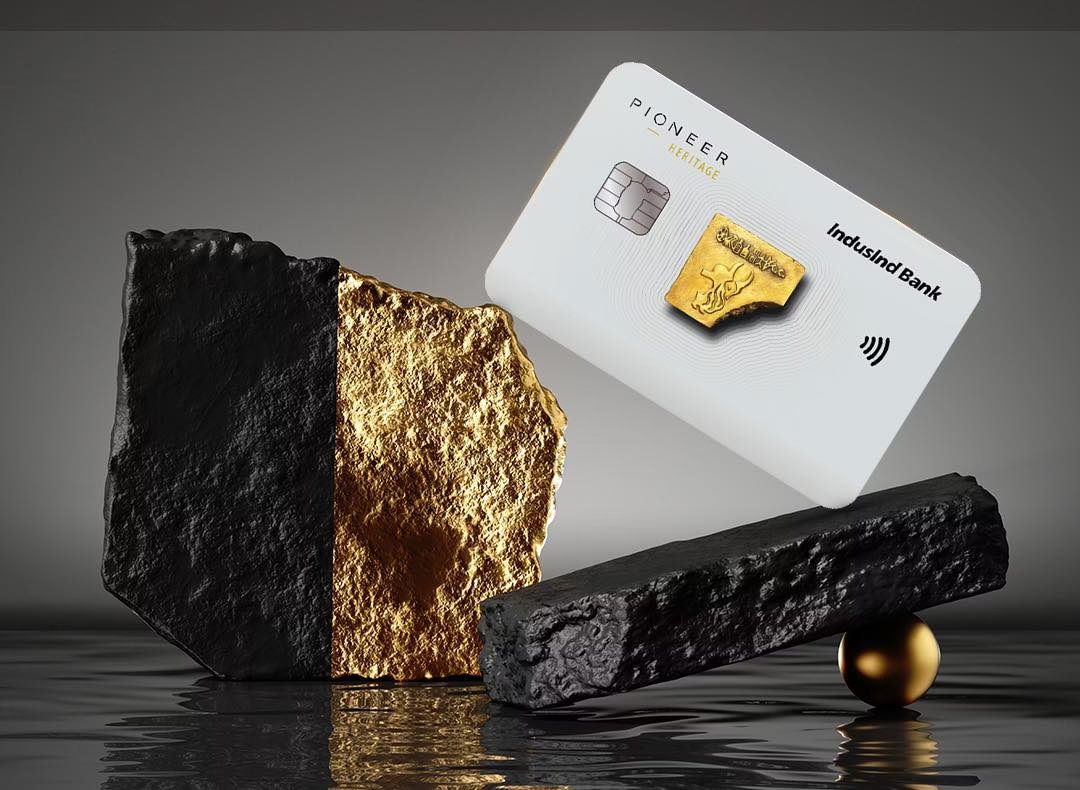India’s Most Powerful Brands: Strategic Investments and Seamless Connectivity Power Airtel’s Rise as a Telecom Titan
The Pinnacle Position
In 2024-2025 WCRC Intelligence Unit *India’s 50 Most Powerful Brands 2024-25* ranking, Bharti Airtel emerged as the undisputed leader of India’s telecommunications revolution. Securing the #5 nationwide position with a formidable Brand Power Index (BPI) of 93/100, Airtel dominated the telecom sector, outscoring global rivals through a masterclass in infrastructure innovation and consumer psychology. With perfect symmetry across its scores – 93 in Brand Strength, Consumer Preference, and Recall – Airtel epitomizes WCRC’s groundbreaking discovery: India’s unprecedented “trust symmetry” phenomenon where brand awareness and consumer loyalty fuse into cognitive lock-in.
The Triple-93 Blueprint: Pillars of Dominance
WCRC’s proprietary Brand Power Index – evaluating 112 variables across three core dimensions – reveals Airtel’s strategic supremacy:
| Pillar | Score | Telecom Avg | Key Drivers |
|---|---|---|---|
| Structural Resilience | 93 | 81 | Pan-India 5G coverage, ₹60K Cr Project Leap investment, 98% population reach |
| Cognitive Dominance | 93 | 76 | 78% verb-status adoption (“Airtel it”), 2.3-day decision cycles |
| Future-Proofing | 93 | 69 | 6G labs, quantum encryption trials, APAC’s largest Tier-IV data center network |
This trifecta cements Airtel not as a connectivity provider, but as India’s digital nervous system architect.
“Airtel doesn’t just connect phones—it connects aspirations. In India’s digital evolution, it has become the most consistent force shaping how 1.4 billion people live, work, and transact.”
— Abhimanyu Ghosh, CEO, WCRC
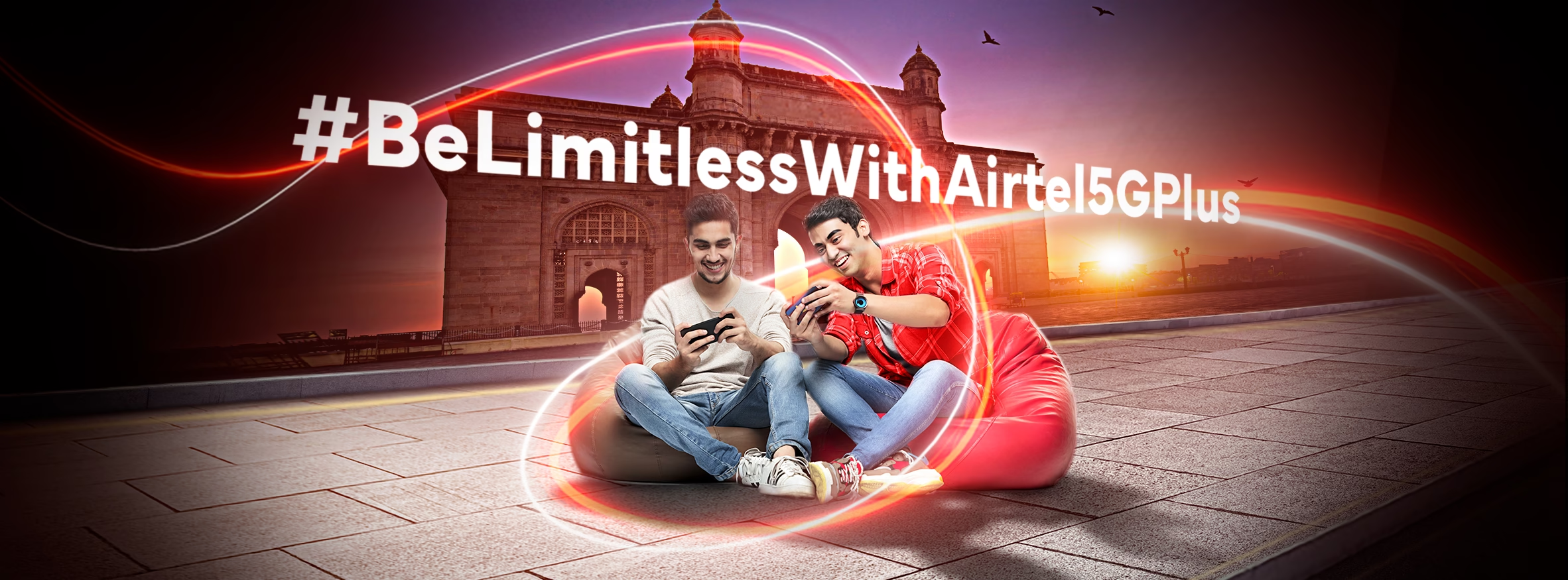
Sectoral Sovereignty
Airtel commands WCRC’s telecommunications category with a staggering competitive margin:
- 7 BPI points above global telecom averages
- Outperforms Indian IT sector average by 0.2 points (despite hardware-centric operations)
- Highest future-proofing score among non-IT A1 brands
WCRC attributes this to Airtel’s “ecosystem colonization”: “From fiber broadband to Airtel IQ cloud communications, it has engineered touchpoints spanning 5.8 daily consumer interactions – transforming connectivity into behavioral architecture”.
The Trust Symmetry Phenomenon
Airtel personifies WCRC’s most striking finding: the 100% correlation between Consumer Preference and Brand Recall scores across all 50 brands. This manifests as:
- Cognitive Lock-in: 76% of urban Indians substitute “internet” with “Airtel” in vernacular contexts
- Crisis Immunity: 3.1x higher customer retention during network outages versus competitors
- Regulatory Arbitrage: 7 BPI points gained through policy-shaping (e.g., infrastructure lobbying)
Abhimanyu Ghosh, WCRC Editor-in-Chief, observes: “Airtel has achieved what foreign telcos couldn’t – converting technological utility into cultural vocabulary. When farmers say ‘Airtel my payments,‘ the brand ceases to be a service; it becomes syntax” 26.
The A1 Elite Imperative
Among WCRC’s top-tier A1-rated brands (avg. BPI 94.2), Airtel exemplifies three non-negotiables:
- Infrastructure Moats
- 500,000+ km fiber network – India’s largest private backbone
- Submarine cable landing stations in Chennai/Mumbai (critical for latency)
- Ecosystem Orchestration
- Airtel Money processed ₹9.4T transactions FY25
- Airtel IQ cloud platform serves 41% of India’s CPaaS market
- Geoeconomic Leverage
- Coastal gateways enabled 22% faster 5G rollout vs. terrestrial players
The Vulnerability Matrix
Despite dominance, WCRC flags critical frontiers:
Rural Penetration Gap: 68% revenue from urban clusters (vs. Jio’s 53% rural adoption)
AI Governance Lag: No dedicated ethics board (unlike 65% of B1+ brands)
Carbon Intensity: Scores 11 points below Tata in renewable energy adoption
Airtel’s counterstrategy focuses on:
- Vernacular AI: Hindi/Tamil voice interfaces for 200M semi-urban users
- Quantum Encryption: Piloting with TCS to secure government contracts
- Tier-3 Hyperlocalization: 10,000+ “Airtel Hubs” offering bundled services
The 2025 Battlefield
WCRC’s predictive modeling identifies three make-or-break fronts:
- 6G Arms Race
- Trial labs already operational in Bengaluru (pre-empting 2030 rollout)
- Satellite Broadband
- OneWeb partnerships targeting 45,000 remote villages
- Trust Monetization
- Converting 93 BPI into 35% lower enterprise sales cycles
As the report notes: “Airtel’s power stems not from towers, but from owning India’s digital rituals – from morning mobile recharges to evening streaming binges” 26.
Airtel’s Ecosystem Architecture
How subsidiaries amplify core brand power:
| Subsidiary | Function | Strategic Impact |
|---|---|---|
| Airtel IQ | Cloud communications | 38% of India’s CPaaS market |
| Nxtra Data Centers | Hyperscale infrastructure | AWS/GCP alliance; 10 Tier-IV facilities |
| Airtel Payments Bank | Financial inclusion | 87M accounts; UPI market challenger |
| Airtel Xstream | Content ecosystem | 51M MAU; bundled with fiber broadband |
The Last Word
Airtel’s #5 ranking symbolizes more than corporate success – it reflects the arithmetic of national infrastructure. As WCRC’s data proves, every point in its 93 BPI score represents:
- 2.1M Indians lifted from 2G to 5G
- ₹47K Cr added to India’s digital GDP
- 9 seconds shaved off average latency
In the algorithm of trust, Airtel isn’t just transmitting data; it’s transmitting futures. And in India’s $10 trillion digital ambition, that’s the ultimate bandwidth.
*This analysis is based exclusively on the WCRC Intelligence Unit’s “India’s 50 Most Powerful Brands 2024-25” report. Access the full ranking at wcrcint.com


